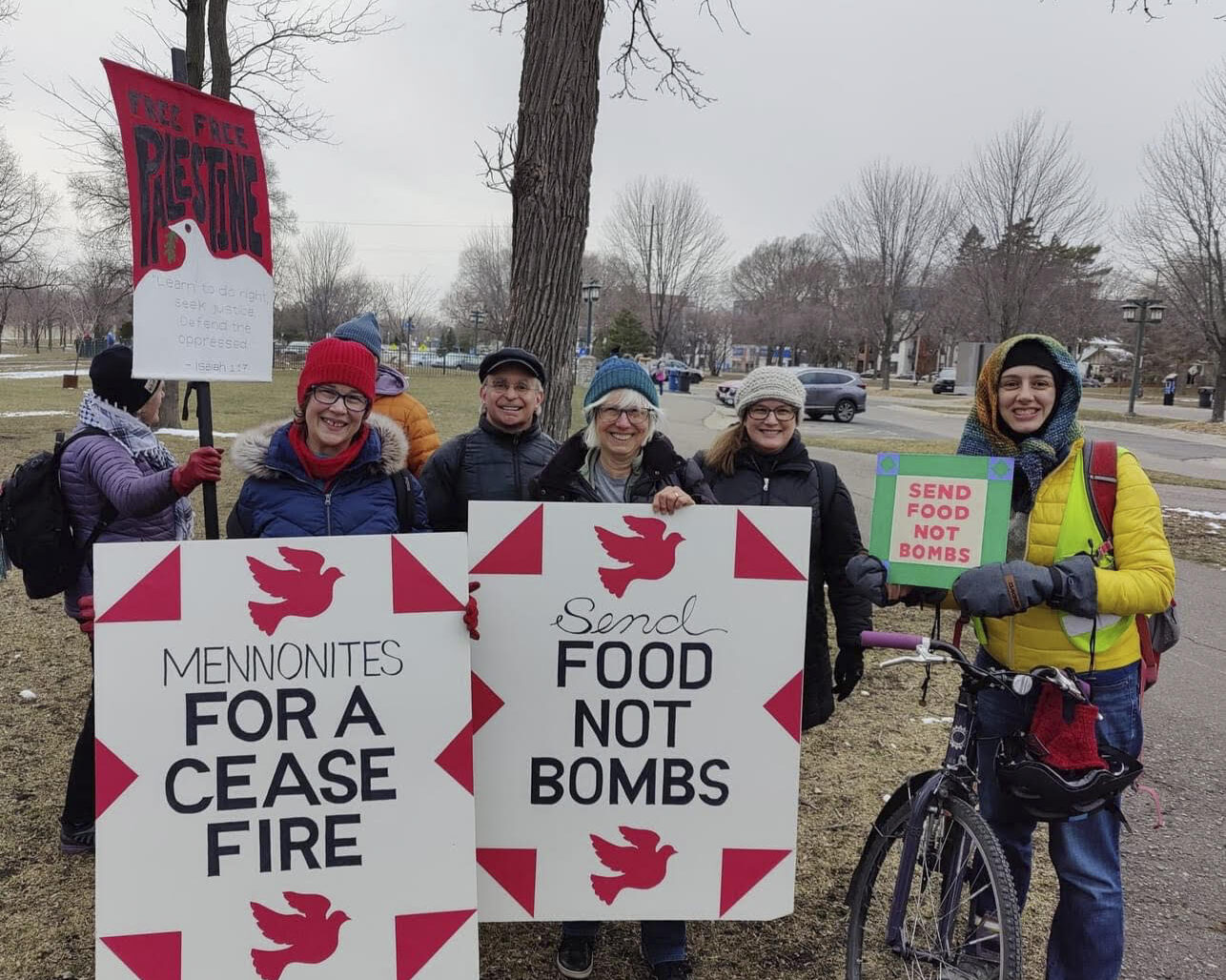The public attack on Mayor Hodges by John Delmonico of the Minneapolis Police Federation, in crudely trying to associate her with gang members in what became known as Pointergate, has backfired big time. It quickly became a national joke, but it laid bare the antagonism between the mayor and the many reactionary elements in the MPD.
Just prior to that, Chief Harteau refused to go to a community meeting in South Minneapolis because she feared for her safety. The community in South Minneapolis was outraged.
So, in less than 30 days Hodges and Harteau managed to draw fire from both sides in the ongoing conflict between the minority community and the police. To their credit, it seems both have put their heads down, focused on their work and ignored the noise. The mayor has acknowledged that a problem exists between her and her department, and Harteau has scheduled monthly meetings with the community.
But much more needs to be done to assert civilian control over the police. Just as the U.S. Constitution wisely puts control of the military in the hands of Congress (only Congress can declare war and no appropriation for the military is to be for more than two years) so, too, the Minneapolis Charter says, “The mayor shall be vested with all the powers of said city connected with and incident to the establishment, maintenance, appointment, removal, discipline, control and supervision of its police force.” She’s the boss, and she is responsible for the discipline and removal of Minneapolis police officers.
There is some unfinished business that could settle the matter in her favor. She and the police chief need to seriously study the police and medical examiner’s report on the Terrance Franklin shooting.
Here is Sgt. Stender’s police report: “Nash [his police dog] pulled the suspect out of his hiding spot, the suspect stood up and he then kicked at Nash. I then told the suspect that I needed to see his hands. Both of his hands were behind his back in the area of the small of his back. I could see that Nash had a hold of his sweatshirt causing his elbows to be pulled down and back [probably making it impossible for Franklin to show his hands]. The suspect just stared at me. I then said, “Show me your f**king hands,” and again the suspect just stared at me. Again I told him to show me his hands, and this time he twisted a little bit from side to side. Thinking that he might have a gun in his hand, I went farther into the room and punched him in the face as hard as I could. The suspect just stood there and looked at me with a vacant deep stare and did not respond to my commands. I was especially concerned because I had punched him very hard in the face and received no reaction from him. I then took my flashlight and struck him over his right eye as hard as I could. Once again the suspect just stood and stared at me with a deep vacant stare.
“I went deeper into the closet, grabbed the suspect by the head, and started to pull him out with a headlock while Nash was still on the suspect. I started to get him out of the closet as he continued to resist and attempt to pull away from me.” Sgt. Stender then left.
Officer Meath then tried to help get Franklin out of the cubby hole where he had been hiding: “I immediately grabbed the suspect around his upper shoulders and attempted to pull his body towards my location and out of the cubby hole area. Once I grabbed a hold of the suspect he immediately started thrashing his upper body left to right using his elbows in an attempt to strike me. While I was holding him by his upper shoulders I attempted to deliver 2 to 3 knee strikes with my right knee into his stomach and chest area. On my last knee strike the suspect used my pulling momentum against me and exploded forward, pushing me backwards to the point where I lost a hold of his shoulders.”
When Terrance Franklin “exploded” out of the cubbyhole he ran directly into Officer Durand who was holding a machine gun pistol in a sling over his head and under his left shoulder. According to Officer Durand, Terrance Franklin ran at him, pushed him back against the dryer in the laundry room, grabbed his gun (while still attached to the sling), turned around and fired at two other officers, hitting them both in their legs. That would have been an amazing feat for someone with no training in firing an MP 5 and shooting in almost total darkness, and it would have been physically impossible for him to take the gun off Durand and fire it without being stopped. A more likely scenario is that Durand was pushed back against the dryer and fired off two rounds while still in command of his MP 5 and that Terrance Franklin then pressed his body against Durand to keep the gun from being pointed at him.
Officers Heath and Muro were both hit by bullets fired from Durand’s MP 5.
Officer Peterson then moved in to kill Franklin. His statement in the police report:
“Q. Knowing that two officers had been shot, what did you do next?
“A. The suspect was going to continue to shoot at us so I collapsed into the submachine gun. I did this because my brain told me to trap the barrel of the gun with my bulletproof vest. I instinctively knew I would survive gunshot rounds to my vest and I also knew that by doing this it would prevent officers behind me from taking additional gunshots. I used myself and vest essentially as a body bunker for the officers behind me and to prevent the suspect from shooting me in the head.
“I believe I shot two to four times.”
According to the Hennepin County Medical Examiner’s Report, Terrance Franklin was shot seven times in the head, all the bullets entering from the right side. Assuming Peterson held Franklin’s head in his left hand and shot him with his right hand, then Franklin had to be facing away from him and facing Durand. So Franklin could not have been firing the MP 5 at Muro and Heath. It seems more likely Durand fired the two rounds and hit Muro and Heath accidentally, and that Franklin then tried to deflect the gun’s aim away from him.
There are clear uses of excessive force by the officers involved in this incident and clear violations of police procedures. There should have been a thorough investigation of this homicide at the time, but there is no statute of limitations on capital crimes, so the mayor and the police chief should undertake a new reading of the police and medical examiner’s reports, issue a public statement about their findings and discipline or discharge the officers involved.
Another unfinished item of business unfortunately does have a statute of limitations. According to Myron Orfield’s report on lending practices of mortgage companies in the Twin Cities metropolitan area, Wells Fargo and others were guilty of systematically overcharging minority lenders and people who lived in minority communities. The evidence for this is incontrovertible. Wells Fargo says there were other factors than race in determining those loans, but they have refused to provide that information. The statute of limitations on crimes of this nature is six years. The most serious crimes committed against minority borrowers occurred in 2008. By 2015, prosecutors will only be able to go back to 2009. Every day that the city refuses to act, the crimes against these foreclosed homeowners will never see justice.
These are two items of unfinished business that, if the city is serious about restoring equity and justice to civil relations, the city must seriously consider as New Year’s resolutions.























